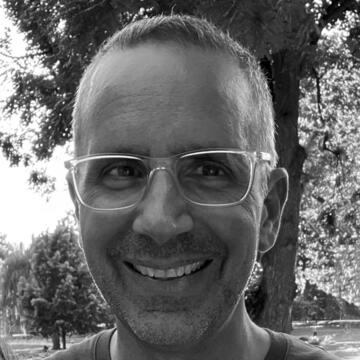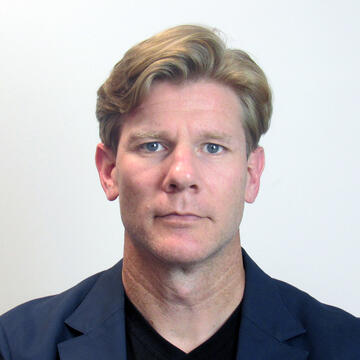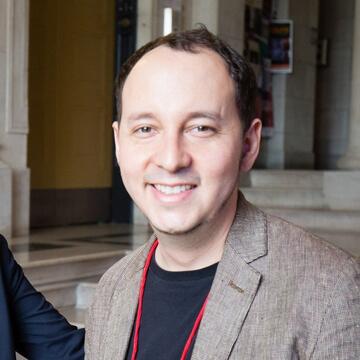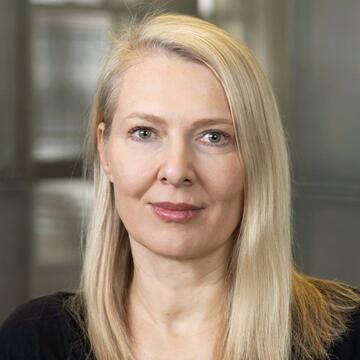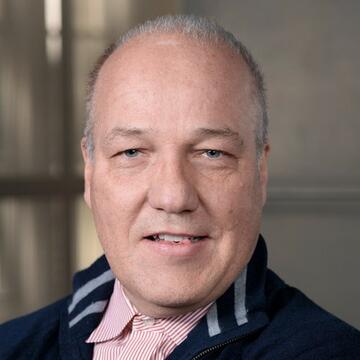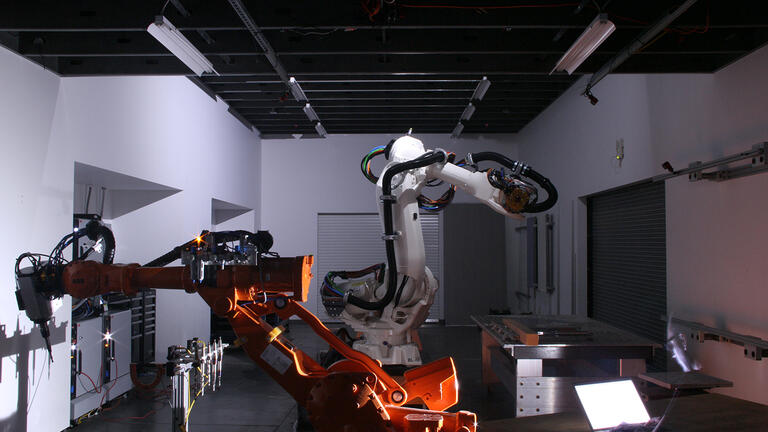
Master of Advanced Architectural Design
MAAD
The Master of Advanced Architectural Design (MAAD) is a postgraduate, studio-based program that engages emerging methods of design and fabrication through architectural design to speculate upon future modes of architectural practice, enhanced construction methods, and material culture within the built environment.
Jump To...
Associate Professor, MAAD Track Chair & dFAB Lab Director
Program Overview
With a particular emphasis upon design, the four-semester program leverages the School of Architecture’s and Carnegie Mellon’s core strengths in design fabrication, architectural robotics, computational design, and ecological thinking as vehicles for knowledge acquisition and speculation.
The program focuses on the creation of new insights and new knowledge—or “research”—through the design process, or “research by design.”
The program seeks to probe the technical and cultural opportunities and implications of a data-rich future in which design methodologies, construction processes, and sustainable building life cycles are intrinsically interlaced.
The goal is consciously speculative and experimental work that is deeply enmeshed with social and environmental concerns, with explicit ties to humanistic and cultural discourses, industry, and contemporary practice. The faculty seek advanced-level projects that will position graduates as future thought leaders in architecture and allied fields relating to advanced fabrication, material performance, construction methodologies, or academia.
Resources
The MAAD program makes extensive use of the Design Fabrication Laboratory (dFAB) in the School of Architecture. This cutting-edge digital fabrication facility includes a large-scale flexible space featuring two industrial robot arms capable of supporting subtractive, additive, and transformative processes at significant scale. The MAAD design studios and required courses make extensive use of this facility.
Educational & Professional Qualifications
The MAAD program is intended for early- to mid-career professionals who already hold an architecture degree (B.A., B.S., B.Arch, M.Arch, or international equivalent).
Qualified candidates must demonstrate a familiarity with the proposed field of study and a high level of design ability.
Admitted candidates may apply for advanced standing based on previous coursework or professional experience, eliminating the first semester, and allowing them to begin studies in the spring term.
Program Details
Residency Requirement
The MAAD is a 2-year (4 semester) program with an option for advanced standing at 3 semesters. Students must complete a minimum residency requirement of three (3) academic semesters. Full-time status (minimum 36 units per semester) is required during the residency period.
Graduation Requirements
In addition to the standard requirements for all graduate students in the School of Architecture, students in the MAAD program must satisfy the following:
Students are required to attend a Digital Fabrication Workshop in the week immediately preceding the start of the fall semester of their first year. These sessions will provide basic skills to utilize digital fabrication tools available in the school of architecture.
Students must complete a minimum of 165 units of coursework including a minimum of 63 units of elective coursework for graduation.
All course substitutions must be approved by the program Track Chair.
Curriculum
The MAAD curriculum offers the flexibility to craft a highly customized path of study rooted in design and research.
Advanced Synthesis Option Studios (ASOS) in the first year foreground an array of prescient topics and methodologies. A pro-seminar and pre-thesis seminar introduce contemporary discourse and modes of inquiry, while a diverse range of selective courses within the school of architecture along with elective courses offered across the university foster synthesis across knowledge domains. The fist year curriculum prepares students for one of the distinguishing features of the MAAD program: a year-long, independently determined but closely mentored design research project in the second year. This capstone project leverages the power, creativity, and speculative nature of the design process to generate new knowledge, ideas, understanding, practices, or paradigms.
The extended time frame allows for adequate background research, extensive methods and tools preparation, and professional documentation of the process and results.
The ASO studios within the School of Architecture are comprised of students across studio programs, allowing students to forge relationships with students in other programs. Depending upon program enrollment and studio lotteries, ASO studios may include a blend of graduate and upper-level undergraduate B.Arch students.
Program Faculty
Associate Professor & Associate Head for Design Research
Associate Professor & CD Track Chair
Associate Professor & MSSD Track Chair
Associate Professor, MAAD Track Chair & dFAB Lab Director
Associate Professor & Associate Head for Design Ethics
Admissions Resources
Are you a current student looking for resources? Handbooks, procedures and other information can be found on the Student Resources page.
